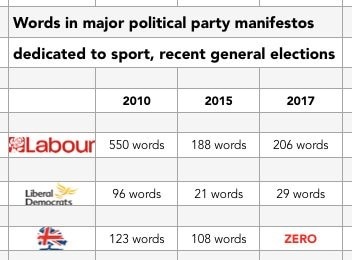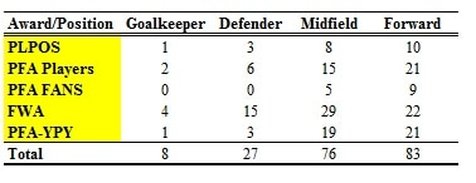My fellow economists (Robbie Butler and Dave Butler), myself and a few other colleagues will be entering a relay team for the 2017 Cork City marathon on Sunday 4th June. Last year we did a decent time, 3 hours 40 minutes approx. and finished 93rd out of 689 relay teams. Dave has a previous blog post on our performance here.
We are obviously hoping to improve on that time this year around and in the last few weeks we have been pounding the pavements. Whilst running a route around your home allows you to clock up the miles and get your body conditioned, usually a much better indicator of your performance is to enter an organised race. Luckily there are a huge amount of local races which are organised in and around the Cork city area. I like doing organised races because I always tend to run faster in them compared to when I am training on my own. Clearly, the competitive streak becomes much stronger when I am racing against others than myself!
But how fast am I? Being honest, I think I am a relatively slow runner. I did two runs recently, a 4 mile and a 5 mile run and I recorded times of just under 34 minutes and a little over 43 minutes respectively. My average pace is around about 8.30-8.35 min/mile. Now I am sure that some reading this will say, “yes, that’s slow” but maybe others will say “that’s not too bad”. And that is the thing about performance – it is hard to answer the question “what is a good time for me?” because it depends on a wide range of factors.
To 'explain' performance, the approach that an economist (or econometrician) would use is to try and control for these factors using some form of statistical analysis. Interestingly, a method, analogous to this already exists in the form of an age grade score or time. Used by some race organisers to level the playing field, age grading is a way of adjusting ones performance according to age and gender. It works by comparing your time to the world record performance for a person of the same age and gender. The world record time is divided by your time to get an age graded score in percentage terms – see here. So for example for the 4 mile race my age-graded score was 52.16% and for the 5 mile race is was 51.54%. Approximate comparative levels for age grading are as follows: 90 per cent or above equal’s world class; 80 per cent or above equal’s national class; 70 per cent or above equal’s regional class; and 60 per cent or above equal’s local class. I am none of those classes (that is not a surprise to me!) but my 51/52% score doesn’t seems too bad relatively speaking. Let’s see what happens in the marathon on Sunday.



 RSS Feed
RSS Feed